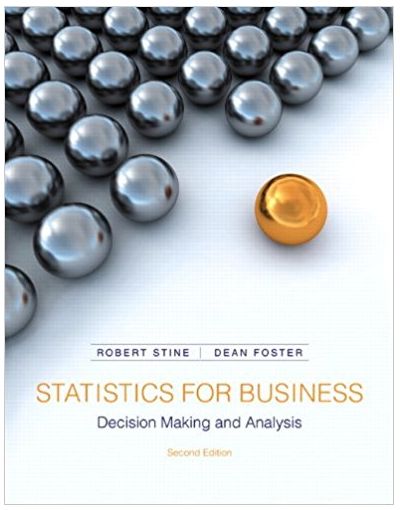Question
1. Compute the 99%, 1-day value-at-risk for this financial institution under these assumptions, based on delta normal. 2. Assume daily changes in interest rate are
1. Compute the 99%, 1-day value-at-risk for this financial institution under these assumptions, based on delta normal.
2. Assume daily changes in interest rate are both normally distributed and independently and identically distributed (i.i.d.). What is 99% 1-year VAR? (Assume that there are 250 trading days in a year)
Suppose a financial institution holds a long position of $600 in 1-period Treasuries and a short position of $800 in 10-period Lockheed bond. The modified duration of 1-period Treasuries is 0.9 periods and the modified duration of Lockheed bond is 6 periods. Assume there are two risk factors: a short rate (for the 1-period Treasuries) and a long rate (for the Lockheed bond). The change in the short rate has a daily standard deviation of 20 basis points; the change in the long rate has a standard deviation of 10 basis points. The correlation between the daily changes in the two rates equals 0.9.
Step by Step Solution
3.41 Rating (160 Votes )
There are 3 Steps involved in it
Step: 1
1 ANS WER 2 920 WORK ING 600 times 0 9 times sq rt 0 2 2 800 times 6 times sq rt 0 1 2 times sq rt 2 1 0 9 2 2 920 EX PL AN ATION We use the delta nor...
Get Instant Access to Expert-Tailored Solutions
See step-by-step solutions with expert insights and AI powered tools for academic success
Step: 2

Step: 3

Ace Your Homework with AI
Get the answers you need in no time with our AI-driven, step-by-step assistance
Get Started


